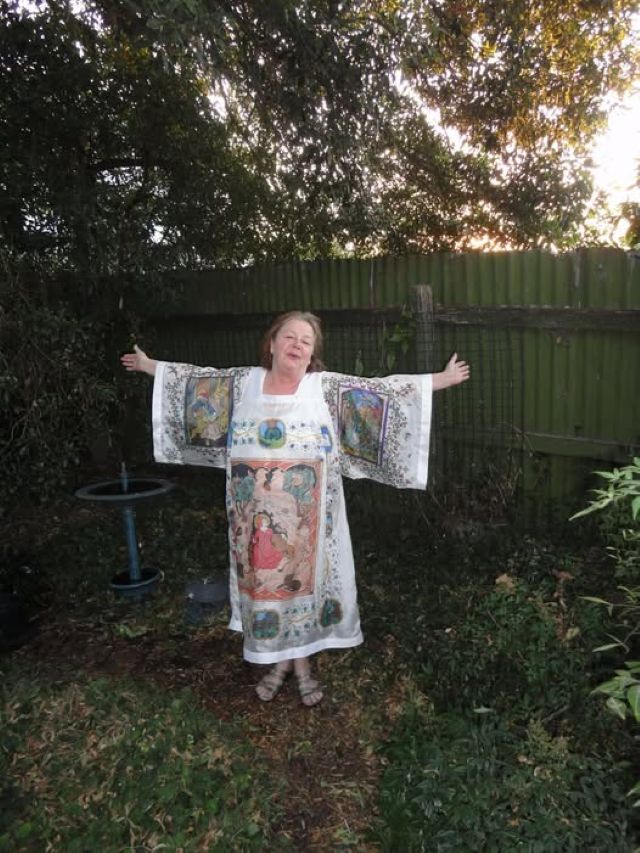Amid rising interest rates and the ever-growing issue of housing affordability, a Tullamarine tiny homes builder has called for councils to consider relaxing restrictions around tiny homes.
According to a survey from Heather Shearer, Paul Burton and the Australian Tiny House Association of 146 tiny house owners in 2021, 17.1 per cent of tiny homes were located in suburban major cities.
NJ Tiny Homes owner Nick Todd said he hoped councils could ease residency restrictions associated with tiny homes as they typically do not approve them for use as permanent or long-term homes.
“Councils need to consider easing restrictions on tiny homes as the housing crisis takes another turn for the worse with the recent rise in interest rates,“ he said.
“Standard houses continue to remain unaffordable and more needs to be done to address the housing affordability crisis.
“Councils can play their part by enabling residents to permanently call their tiny houses ’home’ and removing the barriers associated with living in them.”
Mr Todd also said the cost of tiny homes would make living a lot more affordable for people.
“The property landscape in Australia has changed and as the housing crisis worsens, we need to be able to adapt and perceive tiny homes as an alternative and affordable, permanent housing option,” he said.
“If someone had a property or land already, the tiny house would cost around $115,000.
“It’s all pre-fabricated and built in a factory in five weeks – compared to six to eight months with a traditional build.“
Maribyrnong mayor Anthony Tran said council had not seen any increase in demand for tiny homes in the municipality.
“Council does not have any formal endorsed position on tiny homes,” he said.
“There are no specific restrictions on tiny homes in the Maribyrnong Planning Scheme.”
However, Cr Tran said council had supported the $9 million Launch Housing Harris Transportable Housing, which saw the construction of 57 tiny homes along Ballarat Road in Footscray and Maidstone.
“These tiny homes were constructed on surplus Department of Transport land, and provide much needed housing for homeless Victorians,” he said.









